UPDATE | November 01, 2019
You all know that Japan is an island country surrounded by the sea. Being an island country, you can always taste fresh seafood in Japan. For example, sushi and sashimi, which everyone knows, are the most iconic dishes in Japan. Besides seafood, there are many delicious dishes in Japan. These dishes have their own [food and drink rules] and [manners] that are unique to Japan. It may be strange rules and manners for foreigners, but let's enjoy these dishes while understanding them as a characteristic of Japanese food and food culture.
INDEX
* The original text of this article is written in Chinese. In Japanese culture, there is a behavior to say "I'll have you" before a meal and "I had a feast" after a meal. It expresses gratitude to the person who made the cereal, the person who made the dish, and also the gratitude for each ingredient (life).
[PR]

Sushi is a Japanese food that combines vinegared rice and seafood. In addition to seafood such as fresh raw fish and raw shrimp, there are various ingredients such as vegetables, eggs and meat. Sushi has a history and culture of over 1000 years in Japan. There are many types of sushi, typically nigiri sushi, but there are various forms such as inari sushi, roll sushi and rose sushi. Special attention is paid to hygiene because sushi uses a lot of raw seafood and raw meat. Especially in summer, the material must be 100% fresh. Sushi is often eaten with wasabi, and wasabi and vinegar have a bactericidal effect.
Now, let's study keywords related to sushi.
・ Shari
It is white rice pickled. Shari comes from Buddhist sushi. Transparent white rice grains have been named because they are similar in shape and color to the granular bones that remain after cremation.
・ Agari
Green tea. The word “Agari” means “End” in Japanese, and after eating sushi, the clerk will serve hot tea to customers. This is to remove the taste of food left in the mouth.
・ Gari
Gari is a thin slice of ginger and pickled in sweet and vinegar. This name was given because of the crunchy texture. Ginger also removes the smell of fish and has a bactericidal effect.
At sushi restaurants, customers often see eating sushi directly by hand without using chopsticks or other dishes. Don't be surprised to see this sight. In Japan, it is customary to taste sushi by hand. The reason for eating sushi directly by hand is that the shape of sushi does not collapse easily. However, whether it is hand or chopsticks, it ’s personal preference, so it ’s best to enjoy it.
・ Make a reservation in advance and tell the budget
・ Neat clothing
・ Do not use perfume
・ Don't smoke
・ In order to maintain the freshness of sushi, eat it within a short time after being served.
・ Eat nigiri sushi with a bite
・ Eat with the material without leaving a chat
・ When putting soy sauce, do not separate the material from the shame, facing the material downward
Consistent sushi is a wonderful piece of sushi chef. I would like everyone to enjoy sushi with gratitude.
In Japan, in addition to seafood, eggs and some meat are eaten raw. For foreigners, raw food is not hygienic, so there is a high risk of breaking the stomach. Therefore, many ingredients in other countries need to be heated before eating. However, in Japan, where hygiene management is rated as “the best in the world,” raw eating is possible.
Raw food ingredients are strictly hygienic. For example, the produced eggs are only in the store after being washed, dried, sterilized, egg-checked, weighed and packed in a tightly controlled and clean facility. The “best before date” is the period during which you can eat raw food, and after this period you must not eat raw. Only raw processed beef can be edible.
For Japanese people who value the freshness of ingredients, raw food is very common. However, because each person's eating habits are different, not all Japanese prefer raw food. So don't be surprised if you come to Japan and encounter unacceptable raw food. You don't have to try it yourself.
There are ramen shops everywhere in Japan, and ramen has a variety of flavors. Ramen stores are basically small stores, and there are many stores that can accommodate up to a dozen customers at a time. When ordering, there is a general flow of selecting a desired menu with a machine such as a vending machine, purchasing a meal ticket, and handing it to the clerk.
There are three [rules] when eating ramen.
・ Drink soup up to the last drop
・ Use lotus
・ Make a noise
* These are not rules that must be followed, but are recommended for eating delicious ramen.
Many people oppose consuming all the soup. Because ramen soup has a lot of salt and oil, it's not good for your health. It is not compulsory to drink up ramen soup because it is a respect for ramen craftsmen. Of course, you can eat soup with white rice. In Japan, ramen is often eaten with white rice and dumplings.
Using astragalus is more convenient than a rule. As a precaution, do not use astragal with one hand and chopsticks with one hand. Make sure you lower your chopsticks when you drink soup with lotus root.
There are many people who wonder about making a noise. In general, it is rude to make noise during a meal. However, this is not rude when eating ramen in Japan. The sound of sucking noodles means that ramen is very delicious. So when you come to Japan, let's eat ramen.
“Familys” is an abbreviation for family restaurant, and is a type of restaurant that is mainly intended for families.
And there are three features.
・ 単価が安い(客単価500~2,000円)
・ Time from ordering to serving food is short (average is 3-5 minutes)
・ Large number of seats and wide space (average 80 seats)
* However, it varies depending on the store.
In addition to the main dish and kids menu, there are also many dessert and soft drink menus. Also, the store environment is comfortable and easy to spend, the clerk does not interfere with customers much, and there are chairs for kids, so you can see moms with children, seniors or after school students spend their time here. It is possible.
Izakaya is very common in Japan and is a Japanese-style restaurant where you can enjoy alcoholic beverages and accompanying meals. Most pubs can smoke. Many office workers go to a tavern with colleagues at work instead of going home immediately after finishing a day's work. Many foreigners seem to be surprised that there are many taverns in Japan. In some Western countries, restaurants and bars are separated, so ordinary restaurants do not provide alcohol. Therefore, there seems to be few restaurants where you can enjoy both food and liquor overseas.
It is important to note that in Japan, minors under the age of 20 are prohibited by law from drinking alcohol. It is also forbidden to provide it to minors, so if you ask for liquor, the store clerk will often ask you to provide an ID.
In Japan, people rarely drink alcohol, so they drink appropriately according to their circumstances. The first cup is often a toast with everyone.
Drinking and driving is prohibited by law in Japan, so restaurants that provide liquor such as izakaya are enriched with “driving agency services” to prevent customers from drinking and driving. Note that drunk driving applies not only to cars but also to bicycles.
Many izakayas as restaurants are open from lunch. Usually, a special set menu is available at lunchtime, so you can enter by yourself or by yourself. In the evening, the menu changes and can be used for parties and banquets. As a result, izakayas at night are noisy, and those who work for the day will relieve stress and fatigue. Occasionally, unordered dishes are served at the table, and the dishes are often served with drinks. They are then billed at the time of accounting. This is called “Through”, and it is like a chip unique to Japan. If this happens, don't think the store clerk is wrong and accept it.
When you have finished drinking at the first store, you may continue to visit other stores, which is called [Secondary Party]. After everyone has finished drinking, sometimes they go to eat ramen together. The second party is free to join for personal reasons, but if you participate, you need to pay attention to the last train time. If you miss the last train, you won't be able to go home.
The above five types are common food cultures in Japan, but do not represent all the characteristics of Japanese dietary habits. Similarly, Japanese home cooking varies from home to home. In any case, when you come to Japan, please enjoy the Japanese food culture with gratitude to the ingredients and the chef, following local customs.
■ Recommended for those who read this article

アクセス日本留学Editorial Department.アクセス日本留学" where foreign students can request materials to find Japanese schools, and hold "advancement information sessions for foreign students".
[PR]
[PR]